Aug 14 - Written By McLane Teitel
"Turning Payer Doubt into Partnership"

Pharma and payers face a crossroads. Drug prices draw fire—CMS’s price negotiation (Inflation Reduction Act, 2022) hits Medicare in 2026, and payers demand value proof. Though uncommon, outcomes-based agreements (OBAs) (10–15% of U.S. launches, Avalere 2023) offer a lifeline. With $230 billion in yearly R&D (EvaluatePharma), pharma can’t risk access flops—OBAs turn payer doubt into partnership.
The stakes run high. Access barriers sink 40% of launches. OBAs shift the odds. Gilead’s 2013 Sovaldi OBA tied rebates to hepatitis C cures, securing 85% formulary access by 2017 (McKinsey, 2017) and $19.1 billion in 2015—a 20% surge. Payers gained certainty; Gilead gained scale. That legacy endures—Louisiana’s 2025 Medicaid deal treats 10,000 patients annually.
Novartis’ Kymriah wagered on 30-day remission, earning 90% payer coverage by 2020 (IQVIA, 2020) and $475 million in sales. Now, 30% of oncology launches follow suit (PwC). Amgen’s Repatha, refunding if heart events persisted, boosted formulary placement by 40% by 2018, reaching $1.1 billion in 2020. Industry-wide, OBAs lift revenue 10–20% when data aligns both sides.
In 2025, tech hones the edge—AI tracks outcomes live, powering payer dashboards with instant proof. CMS’s value-based push, with 58% of payers using OBAs (Avalere, 2023), cracks doors open, yet adoption lags. That’s your window. OBAs require clear targets and shared risk but deliver billions.
Gilead, Novartis, and Amgen flipped payer skepticism into wins. Collaboration isn’t a luxury at this crossroads—it’s your edge. Tomorrow, we’ll see how cell therapies push OBAs further. Let’s make it count.


